Last updated on
Discover the key differences between touchless and traditional kitchen faucets as we dive into their unique features, benefits, and drawbacks in today’s modern home designs.
As a seasoned male home decorator, I have seen the evolution of kitchen faucets over the years. From simple knobs to pull-down sprayers, technology has made our lives easier in many ways.
One of the latest innovations in kitchen faucets is touchless technology. But is it really better than traditional faucets? In this article, we will explore the pros and cons of touchless vs.
Traditional kitchen faucets and help you decide which one is right for your home. So let’s dive into this debate and find out which faucet reigns supreme!
What's Inside
Touchless Faucet Overview
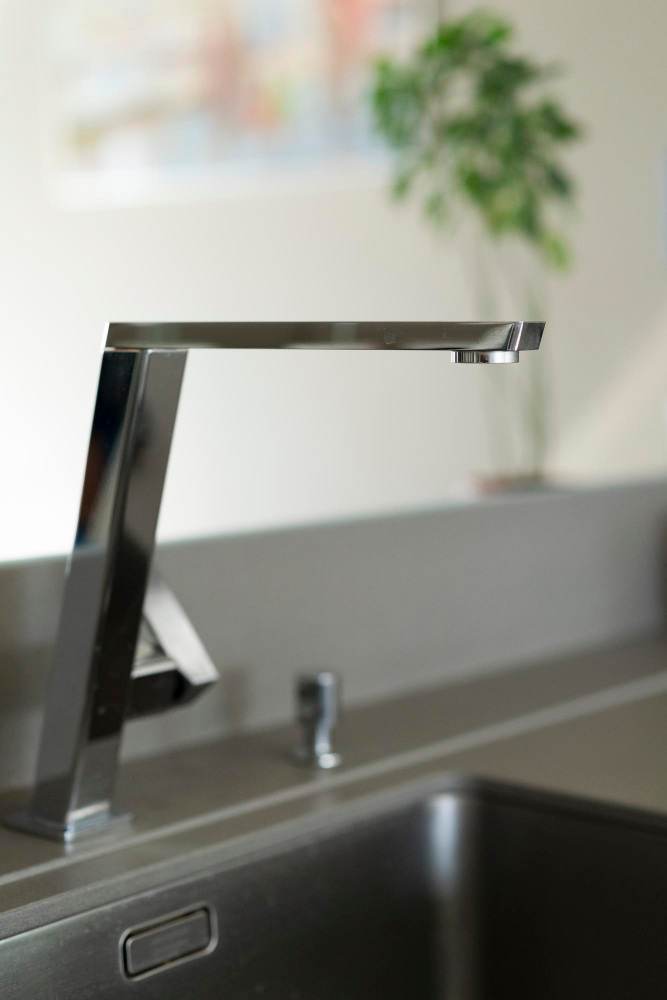
Touchless faucets, also known as hands-free or motion-activated faucets, have become increasingly popular in modern kitchen designs. These innovative fixtures use sensors to detect the presence of a hand and automatically turn on and off the water flow.
Touchless technology offers several benefits that traditional faucets cannot match.
One of the most significant advantages is hygiene. With touchless technology, you don’t need to touch anything with dirty or wet hands, reducing cross-contamination risks in your kitchen.
This feature makes it an excellent choice for families with young children who may not always remember to wash their hands thoroughly.
Another advantage is convenience; you can easily turn on and off your faucet without having to adjust any knobs or handles manually. This feature comes in handy when cooking messy dishes like chicken wings or baking bread dough where touching a handle could be challenging.
Traditional Faucet Basics
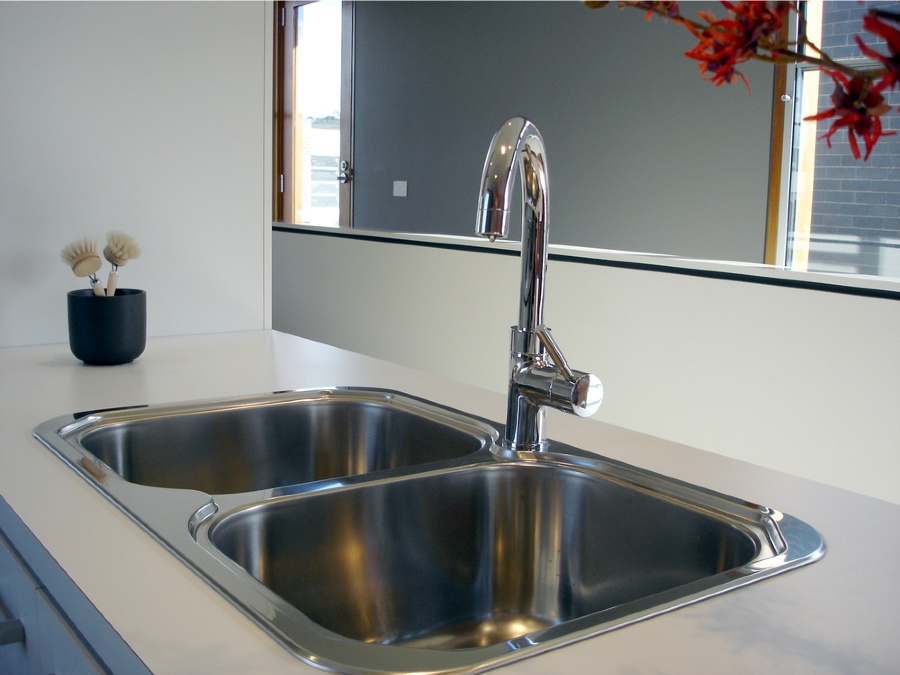
They come in various styles, including single-handle, double-handle, and pull-down sprayers. Traditional faucets require manual operation to turn on the water flow by twisting or pulling the handle.
One of the benefits of traditional faucets is their simplicity. They are easy to use and install without requiring any additional electrical components or batteries like touchless models do.
Traditional faucets tend to be more affordable than touchless options.
However, there are also some drawbacks associated with traditional kitchen faucet designs that homeowners should consider before making a purchase decision. For example, they can be less hygienic since you need to physically touch them with dirty hands when turning them on/off or adjusting temperature levels.
Pros of Touchless Faucets

One of the most significant advantages of touchless faucets is their convenience. With a simple wave or motion sensor, you can turn on and off your faucet without ever touching it.
This feature is especially useful when cooking messy meals or handling raw meat, as it eliminates the need to touch potentially contaminated surfaces.
Another benefit of touchless faucets is their water-saving capabilities. These types of faucets are designed to automatically shut off after a certain amount of time has passed, preventing wasteful water usage that can add up over time.
In addition to being convenient and eco-friendly, touchless faucets also offer a sleek and modern look that complements contemporary kitchen designs perfectly. They come in various finishes such as chrome or brushed nickel which adds an extra layer of elegance to any home decor style.
Cons of Touchless Faucets

One of the biggest cons is their cost. Touchless faucets are generally more expensive than traditional ones due to their advanced technology and sensors.
Another disadvantage is that touchless faucets require electricity or batteries to function properly, which can be a hassle if you experience power outages or forget to replace the batteries.
Some users may find it difficult to adjust water temperature and flow rate on touchless models as compared with traditional ones. This can lead to frustration when trying to get just the right amount of water for cooking or cleaning dishes.
Lastly, while touch-free operation reduces germ transmission in public spaces like restaurants and hospitals where multiple people use them frequently throughout the day; at home where only family members use them regularly this benefit might not be significant enough for everyone’s needs.
Despite these drawbacks, many homeowners still prefer touchless kitchen faucets because they offer convenience and hygiene benefits that outweigh any potential downsides.
Advantages of Traditional Faucets
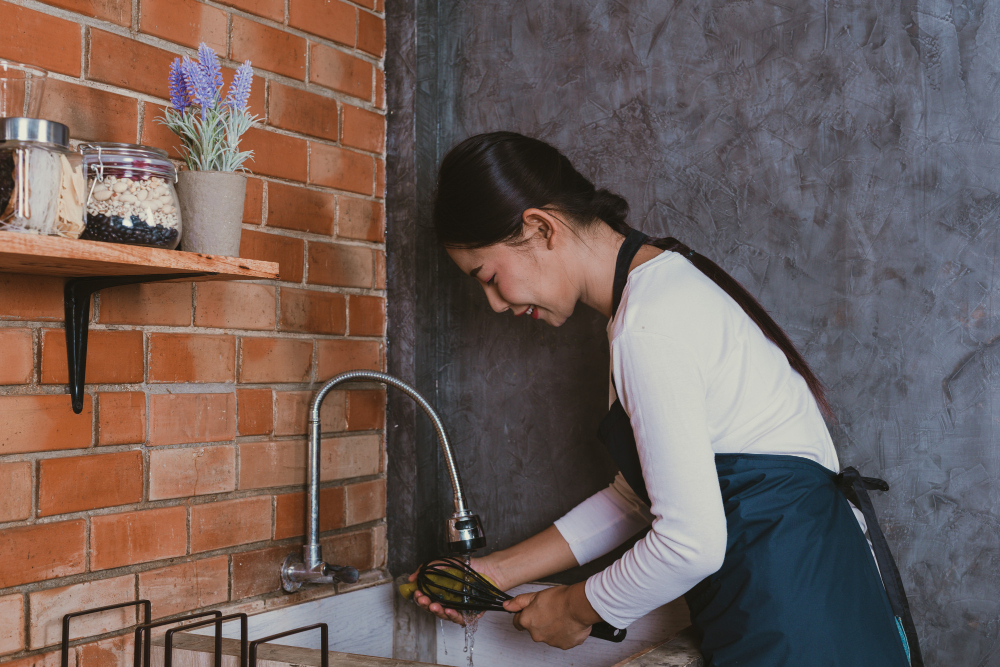
One of the main advantages of traditional faucets is their simplicity. They are easy to use, with a simple handle that controls both water flow and temperature.
This makes them ideal for those who prefer a more hands-on approach when it comes to using their kitchen sink.
Another advantage of traditional faucets is that they tend to be less expensive than touchless models, making them an affordable option for those on a budget or looking to save money on home renovations.
Traditional faucets also come in various styles and finishes, allowing you to choose one that matches your kitchen’s decor perfectly. From classic chrome designs to modern matte black finishes, there’s something out there for everyone.
Traditional faucet installation tends not only be easier but also requires fewer parts compared with touchless models which require additional components like sensors or batteries.
Disadvantages of Traditional Faucets

However, they do come with some disadvantages that should be considered before making a purchase decision. One of the main drawbacks of traditional faucets is their lack of convenience compared to touchless models.
With traditional faucets, you need to turn the handle or knob manually to adjust water flow and temperature, which can be inconvenient when your hands are dirty or full.
Another disadvantage is hygiene concerns since you have to touch the faucet handles frequently during food preparation and cooking activities. This can lead to cross-contamination between different surfaces in your kitchen if proper hand washing practices aren’t followed.
Traditional faucets may require more maintenance than touchless models due to their mechanical components that wear out over time from frequent use. They also tend not last as long as touchless options because they’re prone rusting or corrosion if not properly maintained.
Hygiene Comparison
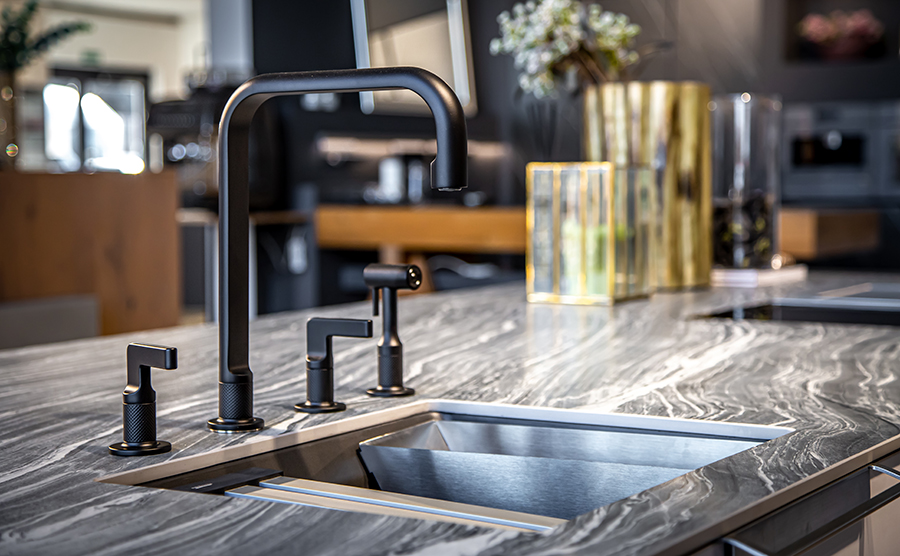
With no need for physical contact, there is less chance of spreading germs and bacteria from one person to another. This makes them an excellent choice for households with young children or elderly family members who may be more susceptible to illness.
On the other hand, traditional faucets require you to turn a knob or handle with your hands which can lead to cross-contamination if someone in the household has been sick. However, this risk can be mitigated by regularly cleaning and disinfecting the faucet handles.
Installation Differences

Touchless faucets need an electrical connection and batteries to operate the sensors that detect motion or proximity. This means you may need to hire an electrician if there is no existing power source under your sink.
On the other hand, traditional faucets are relatively easy to install as they only require basic plumbing skills and tools. You can easily replace them without any professional help.
However, some modern traditional faucet models come with advanced features such as pull-down sprayers or water filtration systems that may require additional installation steps.
Touchless faucets have a more complicated installation process compared to their traditional counterparts due to their electronic components.
Maintenance and Durability

Since they don’t require physical contact, there’s less chance of wear and tear from constant use. However, touchless faucets do require batteries or electricity to function properly which means that you’ll need to replace the batteries or fix any electrical issues if they arise.
On the other hand, traditional faucets are generally easier to maintain since they don’t have any electronic components that can malfunction. They also tend to be more durable than their touchless counterparts because of their simple design.
In terms of durability, both types of kitchen faucets can last for years with proper care and maintenance. Touchless models may need more frequent repairs due to their electronic components while traditional models may experience leaks or corrosion over time.
Cost Analysis
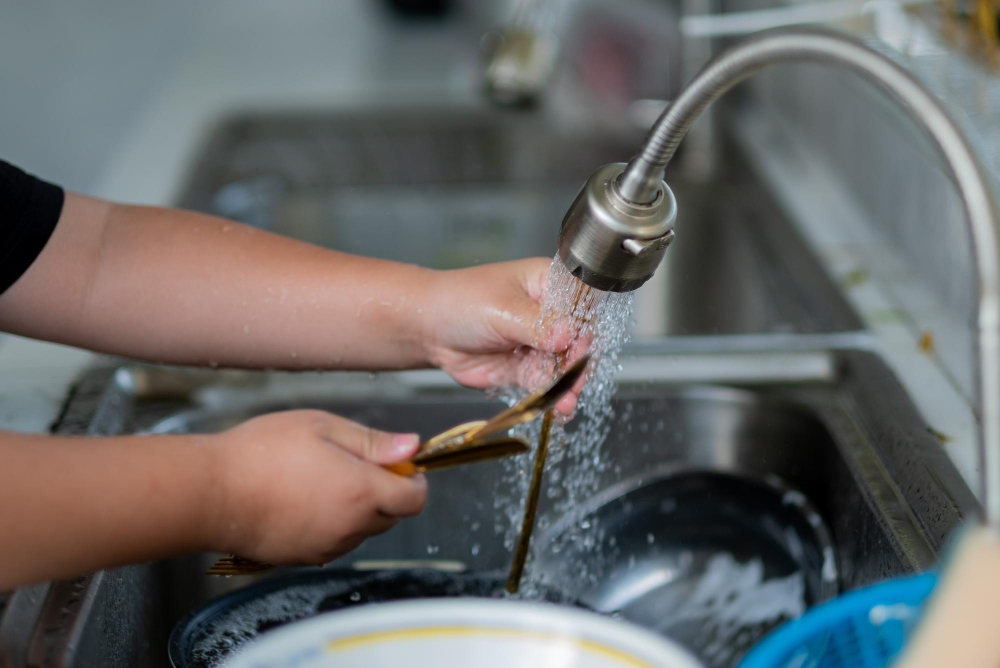
The technology involved in touchless faucets adds to the manufacturing costs, which is reflected in their price tag. However, this doesn’t mean that traditional faucets are always cheaper.
There are many high-end models of traditional kitchen faucets that can be just as expensive as some touchless options.
It’s important to consider your budget when choosing between a touchless or a traditional faucet for your kitchen. If you’re on a tight budget and don’t want to spend too much money on your faucet, then going with a basic model of the conventional type may be the best option for you.
On the other hand, if you have more money available and want all of the benefits that come with modern technology such as convenience and hygiene advantages offered by touch-free operation – then investing in an advanced model of hands-free faucet might make sense.
Ultimately it’s up to personal preference whether or not these added features justify spending extra cash upfront but keep in mind; over time they could save water usage costs due to their automatic shut-off feature after use!.




